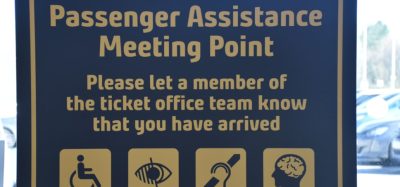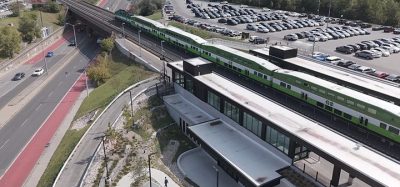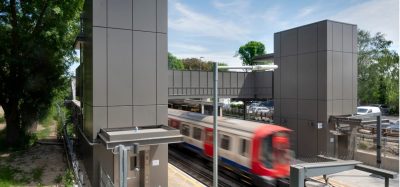Transport for the North launch public survey for accessible stations
Posted: 14 May 2024 | Emily Budgen | No comments yet
Transport for the North (TfN) have launched a public survey in an attempt to make the stations in their region more accessible.


Transport for the North’s new survey aims to find out people’s views about accessible rail stations in the region.
Transport for the North (TfN) wants to improve the level of accessibility in stations right across its region. Some of the North’s rail stations are still partially or wholly inaccessible to people with disabilities or reduced mobility.
Rail users, and those who don’t currently use trains, are invited to comment on the accessibility of different aspects of the station environment, and on different stages of using a station (starting from arriving at a rail station, to boarding a train for their onward journey). If they wish, respondents can complete the survey multiple times to provide comments on multiple stations.
The survey is open to everyone within the North. It asks people to give feedback on the level of accessibility they have experienced at a specific rail station in the North.
TfN’s recently published Strategic Transport Plan ‘Transforming the North’ sets the vision, strategic ambitions, and the long-term transport priorities for the North of England up to 2050.
It recognises the scale of change required in transport accessibility needed to unlock opportunity and reduce the number of people living in areas of the North with a high risk of social exclusion by one million people by 2050.
TfN’s analysis of facilities at 600 rail stations in the North found that:
- Only 288 (48%) had step-free access to all areas, with even fewer being fully accessible
- 77 (13%) have level access by ramps and lifts to all areas
- 225 (38%) have accessible waiting shelters
- 521 (87%) have an adequate level of lighting
- 497 (83%) have customer information systems for customers with hearing impairments
- 463 (77%) have a public address system for customers with visual impairments
Accessibility isn’t just about being able to physically get into a rail station. It’s also about being able to afford to travel on rail, being able to get to a rail station safely and comfortably, being able to move around the station easily, being able to access the required information when travelling, and feeling safe and comfortable while waiting for the train service, as well as onboard the train.
Understanding the experiences of rail passengers, and particularly their experiences of the accessibility of rail journeys, is crucial to identifying where accessibility improvements are most needed.
Mayor of Greater Manchester and Chair of the Rail North Committee, Andy Burnham, said:
“Over the last year, Transport for the North has been looking into the serious issue of station accessibility and I’m really proud as Chair of the Rail North Committee that we’ve commissioned this work as it will no doubt help make the case for a fairer transport system.
“Our initial research has been truly eye opening for the scale of the problem, for example, it has revealed that only 48% of the rail stations across the North of England have adequate step-free access throughout.
“So, we are asking people in the North to have their say and complete this survey. Your voice could make a real difference in shaping the future of rail stations across the North and telling the story of how a fairer rail system can open up access to opportunities and help encourage everyone onto our railways.”
The survey will help TfN gather views on accessibility to inform plans for accessibility improvements in rail stations.
The public has until Friday 7 June 2024 to have its say.
Martin Tugwell, Chief Executive of Transport for the North, said:
“We are determined to make all of our rail stations as accessible as possible. To deliver a fully inclusive transport system, we need public transport, including rail travel, to be more affordable, more reliable, safer, better integrated with other modes of travel, and more accessible to all population groups.
“So, give us your views now on your local station, or indeed any station that you may have tried to use, and help us to address these issues so we can make rail truly accessible for all.”
More Like This







